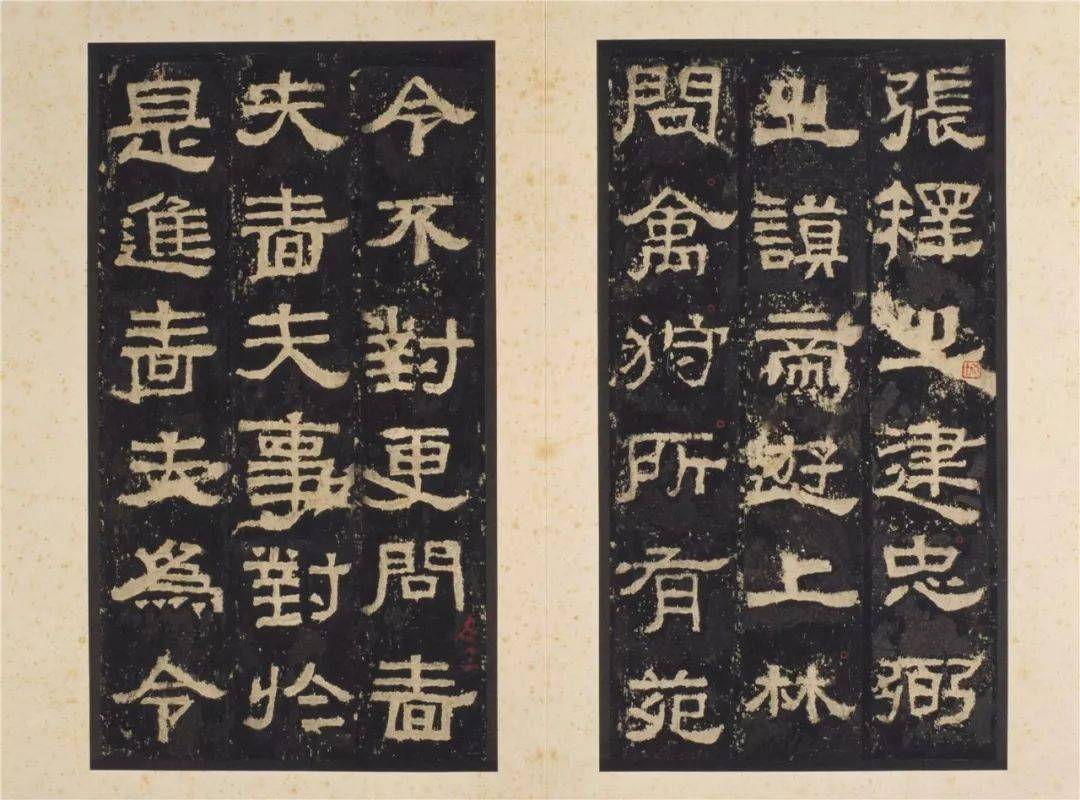The Birth and Legacy of Lishu: China’s First Mature Script
When you think of Chinese calligraphy, you might picture flowing cursive strokes or elegant standard characters. But before these styles emerged, there was Lishu (隶书), the script that revolutionized Chinese writing over 2,000 years ago.
From Practicality to Art
Lishu appeared during China’s Qin Dynasty (221–206 BCE). It was born out of necessity—officials needed a faster way to write documents than the intricate Zhuanshu (seal script). With its flattened strokes and simplified structure, Lishu was the "quick script" of its time, much like how the Roman cursive script streamlined Latin writing. By the Han Dynasty (206 BCE–220 CE), it had evolved into a mature art form, balancing efficiency and beauty.
A Bridge in Calligraphy History
Lishu’s significance is immense. It marks the transition from ancient pictographic scripts to modern Chinese characters. Its horizontal "silkworm head and swallow tail" strokes (can tou yan wei) became iconic, influencing later styles like Kaishu (standard script). Imagine it as the Carolingian minuscule of China—a script that standardized writing and paved the way for future innovations.
Why Lishu Still Matters
Today, Lishu is cherished for its bold, rhythmic beauty. Calligraphers admire its balance of discipline and flair, akin to the way Gothic script captivates Western audiences. For learners of Chinese, studying Lishu offers a glimpse into the evolution of the written language.
In museums or temple inscriptions, Lishu stands as a testament to China’s artistic and bureaucratic ingenuity—a script born from practicality but immortalized as art.

